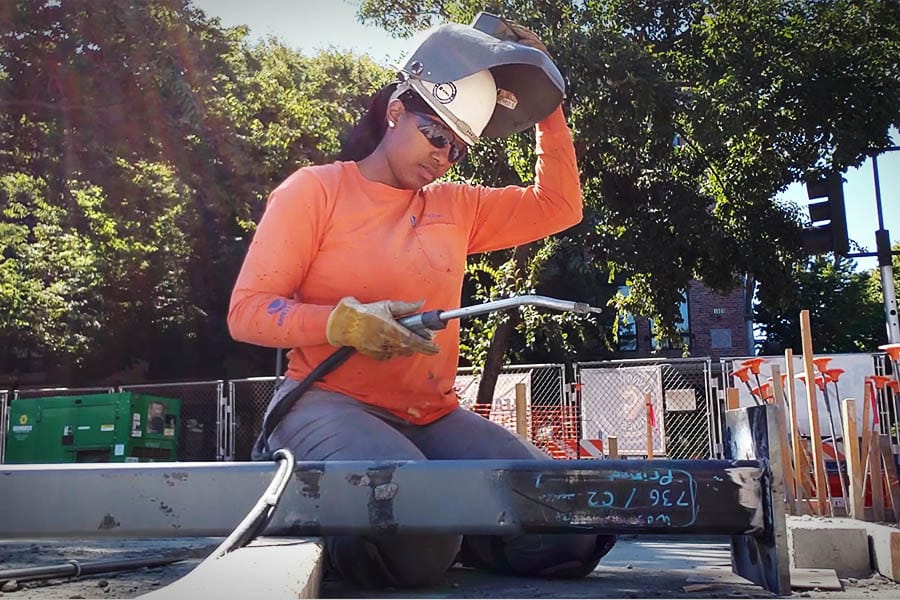The Ministry of Defence states that the UK’s Engineering sector employs 5.7 million people across a variety of roles, representing 19% of the country’s total employment, while contributing significantly to the economy—generating revenues of £486 Billion GDP to the UK. While contributing 26% of the UK’s total GDP, these engineers use skills such as science, math and practical knowledge to design and build machines, systems, processes and structures. Engineers will generally specialize in a particular area, although many eventually further their knowledge to become multi-skilled engineers. It has been forecast that engineering employers will need to recruit 265,000 people with engineering skills each year until 2024 to meet the commercial demand for the industry.
The Participants
- Nigel Davies – BIM Consultant, Director, Evolve Consultancy
- Neil Thompson – Atkins, Digital Transformation
- Richard Petrie – CEO, buildingSMART
- Dr. Jonathan Ingram – Entrepreneur and Inventor, Royal Academy of Engineering Prince Philip Medal winner
- Tristan McDonnell – Director, Arup Associates
- Jon Excell – Editor, The Engineer
- James Chambers – former Civil Engineer, East Coast General Manager , Bluebeam, Inc.
- Sasha Reed –VP of Strategic Development, Bluebeam, Inc.
Adopting Technology in the Civil Engineering Sector
“Some of the issues for adoption of technology are primarily driven by the scope and the size and the complexity of the projects,” explains Bluebeam’s James Chambers, a former civil engineer with decades of project experience. “When you think of the civil arena, there are so many moving parts to a civil project in terms of roadways, infrastructure, MEP and project coordination that I think there are a lot of great advancements and uses of technology in isolated cases, but bringing them together as a whole from a holistic project perspective is really tough.”
“The industry can learn a huge amount from younger generations coming into the industry,” adds Tristan McDonnell of Arup Associates.
Despite the obstacles, sharing knowledge of these great advancements and jobsite technology can only help this sector of the construction community as it tries to rebound to meet the commercial opportunity and industry demand.














